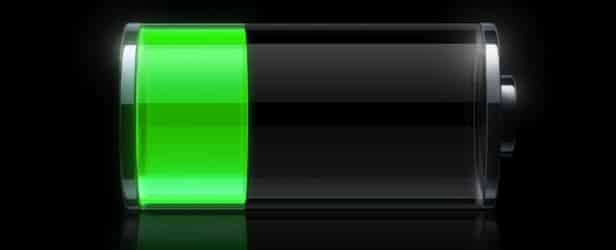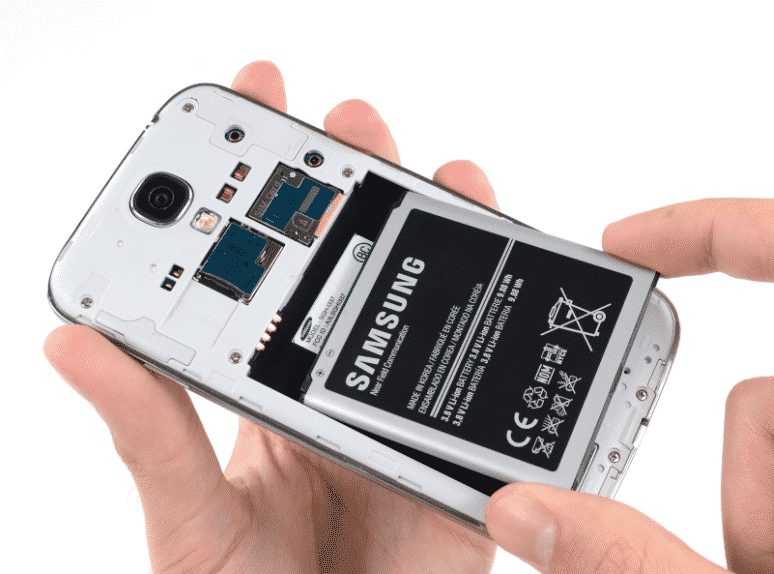We all know very well that the battery of smartphones is one of the essential elements that can give real headaches. Although the advice to charge it correctly is numerous, the fact is that little by little, it suffers failures over time. Hence, more than once, you might have asked yourself when you should change your smartphone’s battery.
How To Know When It’s Time To Replace Your Smartphone Battery
The battery of smartphones is one of the essential elements that can give real headaches. Although the advice to charge it correctly is numerous, the fact is that little by little, it suffers failures over time. Hence, more than once, you might have asked yourself when you should change your smartphone’s battery.
In general, the life of a lithium battery is between 300 and 500 cycles before it degrades significantly. Each cycle corresponds to a charge from 0 to 100 and is cumulative, which means that if one day you charge 40% of the battery and the next 60%, you have completed the entire cycle on the second day. However, it would help if you kept in mind that all these are approximate data, but the fact is that we could summarize them quickly.
Also Read: 10 Best Battery Saver Apps For Android That Work
The battery lasts less than usual
It is the most obvious sign, as just after the first year of use, the health of our smartphone battery may begin to show signs of degradation. One of the most obvious is that it lasts much less than at the beginning, although you still use your smartphone as always.
There were old beliefs that it was terrible for the smartphone’s battery to leave it on charge overnight until it reached one hundred percent of the cost. With the arrival of lithium batteries, those cultures were left behind to make life a little easier for us.
The battery does not drop or change gradually
If you notice that the percentage of the battery does not drop gradually, it may indicate that it is not in good condition. It means the battery is discharged by jumping, going from 50 to 20 percent in minutes, even if you are not doing anything on your smartphone.
Hence, a damaged battery is usually charged without following a gradual progression, going, for example, from 10 to 40 percent in just a few minutes. Also, analyze if there is any variation in the process of the battery’s total charge, as if each time is shorter, it may indicate something is wrong.
Physical deformation
Nowadays, almost all smartphones come with non-removable batteries; hence, if before we could turn off the phone and remove the battery ourselves, now this process is complicated. If we want to do so, we will surely need a professional’s help to do it most of the time.
However, at that moment, we can only observe the battery’s physical state and see if there is any physical deformation or signs of corrosion near the metal parts.
In addition, one of the symptoms of the poor state of the battery is swelling. Although at first sight, it is difficult to observe, you can turn the battery on a flat surface to know if it is sprayed or not. If the battery is in good condition, it will not turn well, but if it has any swollen parts, it will rotate very quickly.
In the case of unibody smartphones, we could also observe a small opening in the sides’ board due to this swelling. It is indeed pretty challenging to see from the naked eye, but the fact is that it can happen.
Should we change the battery or change the smartphone?
Changing your mobile’s battery depends merely on many factors. If it is a smartphone that does not reach the age of two years and is low-end, then you can find solutions in the market at a meager price.
If it is high-end, the thing becomes more expensive; as a general rule, any repair on mobile with premium features usually has a high price. Hence, it may be profitable to change the smartphone.
Als at that time, Read: How To Charge Your Android Battery Faster (Best Ways)
So, what do you think about this? Share all your views and thoughts in the comment section below. And if you liked this explanatory article, do not forget to share this descriptive article with your friends and family.



